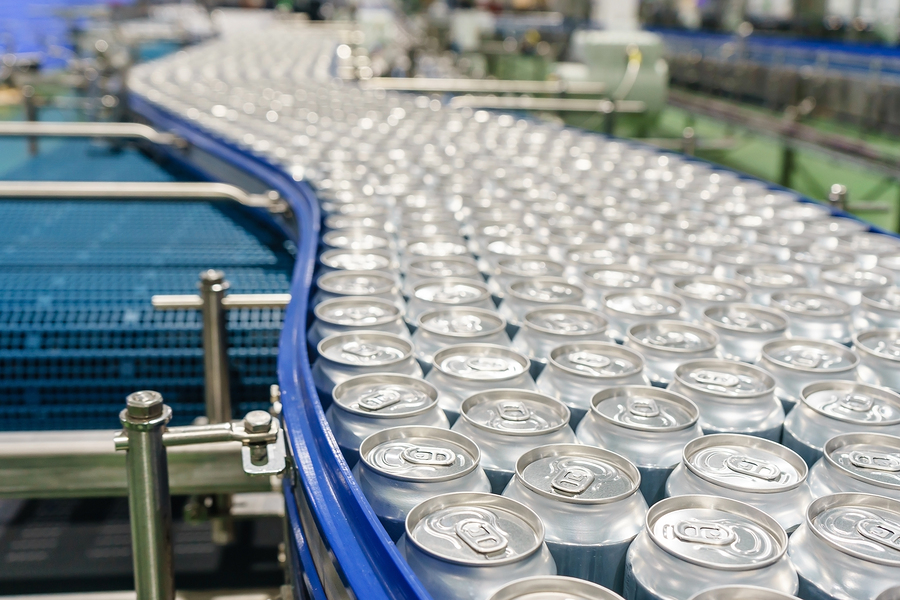Are you designing a new line or redesigning an existing one? Many food, beverage, and pharma manufacturers today are revamping their processes to boost productivity and achieve higher throughput.
Obviously, the actual processing machines are important, but so is the equipment that moves product from one machine to another, i.e., the conveyors. Let’s look at the relative benefits of two of the most common types of conveyors: table top and mat top.
Table top conveyors
Table top conveyors are modular, which makes them very flexible. You can add or remove modules, they work well with inclines and declines, and they can go around curves. These features make table top conveyors particularly advantageous when space is at a premium.
Table top conveyors are appropriate for sanitary environments where mild detergents are used.
Use a table top conveyor to:
- Single-file products
- Expand a line
- Improve the speed and efficiency of changeovers
- Accumulate products (Note: The amount of accumulation a table top conveyor can handle depends on the operating conditions as well as product characteristics such as material, weight, and rate.)
Mat top conveyors
Mat top conveyors are well-suited for transporting products over long distances, and they can handle almost any product. Like table tops, they can be used to both incline and decline products. The belt is impact-resistant and easy to clean, which means it lasts a long time and requires little maintenance.
A major difference between mat top and table top conveyors is that mat tops typically run straight. The equipment generally takes up more space because the wider the belt, the longer the minimum length drive. There are some mat top chains that can run over a curve, but in most chain series the strength is reduced by as much as 80%. Mat tops also have a longer minimum straight length requirement between two curves. This is because of the sprocket configuration — table top chains are pulled by a single sprocket, while mat top belts are pulled by multiple sprockets and thus require more distance to return to their normal pitch after a curve.
On the flip side, mat tops can handle higher speeds than table tops. They also tend to run quieter.
Use a mat top conveyor to:
- Transfer products over long distances
- Convey mass flows of products
- Convey non-uniform products
- Accumulate products
Ultimately, which type of conveyor is best for you depends on your application. Our engineers can help you select the best equipment and customize it for your needs. Click here to get in touch with our team.




